Vilnius Cathedral and Bell Tower
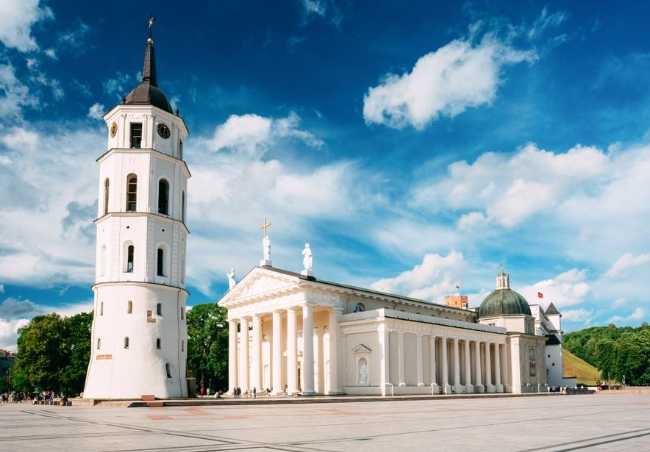
Dominating Cathedral Square in the heart of Vilnius, the Cathedral Basilica of St. Stanislaus and St. Ladislaus is Lithuania’s most important Catholic shrine and a masterpiece of neoclassical architecture. Originally built in 1251 following the Christianization of Lithuania, the cathedral has undergone numerous reconstructions, blending Gothic, Renaissance, Baroque, and neoclassical styles. Its elegant white façade and colonnaded portico reflect the vision of architect Laurynas Gucevičius, while inside, visitors find over 40 artworks spanning centuries and the ornate Baroque Chapel of St. Casimir. Adjacent to the cathedral stands the iconic Bell Tower, once part of the city’s defensive wall. Rising to 57 metres including the cross, it offers panoramic views of Vilnius and houses a bell exhibition and historic city clock. The cathedral’s crypts, open to visitors, reveal layers of Lithuania’s royal and religious past. Together, the cathedral and bell tower form a powerful symbol of national identity and spiritual heritage.
Vilnius LithuaniaVilnius Cathedral and its Bell Tower are located at Cathedral Square (Katedros aikštė) in the heart of Vilnius Old Town, the city’s historic and cultural center. The Bell Tower stands immediately next to the Cathedral, making it one of the most recognizable landmarks in Lithuania. The Cathedral itself is a masterpiece of neoclassical architecture and serves as the main Roman Catholic church in the country, while the Bell Tower, rising to 52 meters (57 meters including the cross), offers panoramic views over the Old Town and its blend of Gothic, Renaissance, and Baroque buildings. Nearby, visitors can explore the bustling Cathedral Square, often the site of city events and gatherings, as well as the historic Gediminas Castle Tower, the picturesque Vilnia River, and the charming streets filled with cafes, shops, and museums. The Bell Tower also houses a small museum dedicated to its history, the old city clock, and an exhibition about the Cathedral and the tower’s evolution over centuries. The area is easily accessible on foot or by public transport, with the "Katedra" stop just a short walk away.
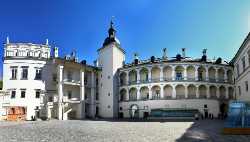 Palace of the Grand Dukes of Lithuania
Vilnius
Palace of the Grand Dukes of Lithuania
Vilnius
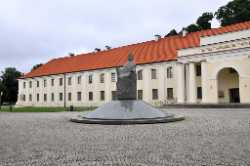 National Museum of Lithuania
Vilnius
National Museum of Lithuania
Vilnius
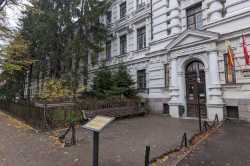 Museum of Occupations and Freedom Fights
Vilnius
Museum of Occupations and Freedom Fights
Vilnius
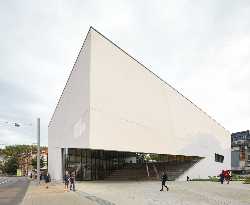 MO Museum
Vilnius
MO Museum
Vilnius
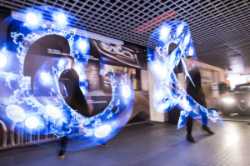 Vilnil Museum of Illusions
Vilnius
Vilnil Museum of Illusions
Vilnius
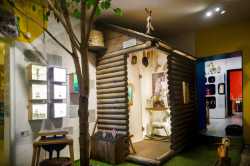 Toy Museum
Vilnius
Toy Museum
Vilnius
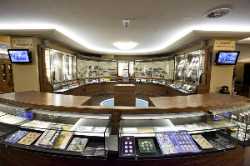 Money Museum of the Bank of Lithuania
Vilnius
Money Museum of the Bank of Lithuania
Vilnius
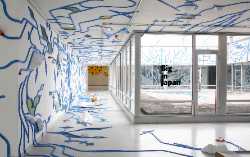 Contemporary Art Centre
Vilnius
Contemporary Art Centre
Vilnius
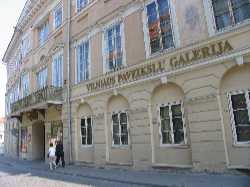 Vilnius Picture Gallery
Vilnius
Vilnius Picture Gallery
Vilnius
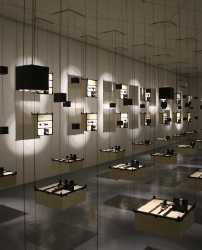 TSEKH Gallery
Vilnius
TSEKH Gallery
Vilnius
 Lithuanian National Drama Theatre
Vilnius
Lithuanian National Drama Theatre
Vilnius
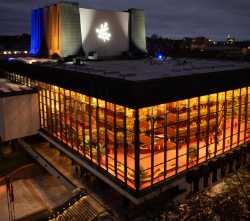 Lithuanian National Opera and Ballet Theatre
Vilnius
Lithuanian National Opera and Ballet Theatre
Vilnius
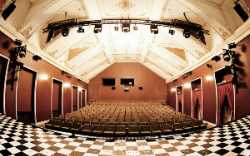 Vilnius Puppet Theatre
Vilnius
Vilnius Puppet Theatre
Vilnius
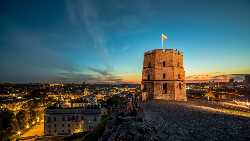 Gediminas Castle Tower
Vilnius
Gediminas Castle Tower
Vilnius
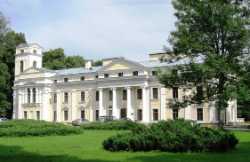 Verkiai Palace
Vilnius
Verkiai Palace
Vilnius
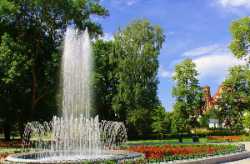 Bernardine Garden
Vilnius
Bernardine Garden
Vilnius
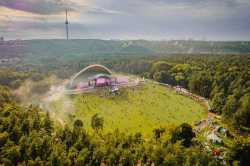 Vingis Park
Vilnius
Vingis Park
Vilnius
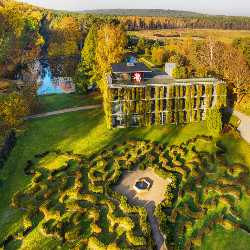 Vilnius Botanical Garden
Vilnius
Vilnius Botanical Garden
Vilnius
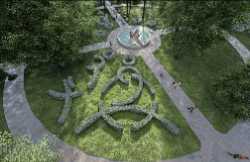 Sapiegos Park
Vilnius
Sapiegos Park
Vilnius
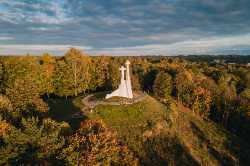 Hill of Three Crosses
Vilnius
Hill of Three Crosses
Vilnius
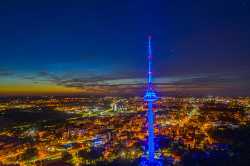 TV Tower Vilnius
Vilnius
TV Tower Vilnius
Vilnius
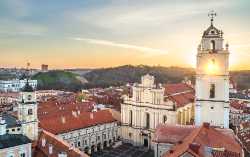 St. John's Church Bell Tower
Vilnius
St. John's Church Bell Tower
Vilnius
 Church of St. Anne
Vilnius
Church of St. Anne
Vilnius
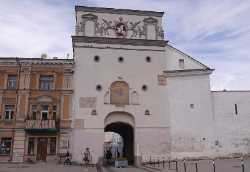 Gates of Dawn
Vilnius
Gates of Dawn
Vilnius
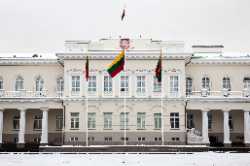 Presidential Palace
Vilnius
Presidential Palace
Vilnius
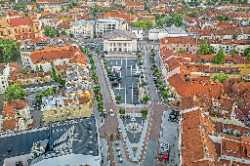 Rotušės aikštė
Vilnius
Rotušės aikštė
Vilnius
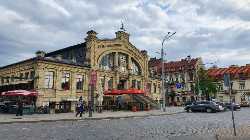 Hales Market
Vilnius
Hales Market
Vilnius
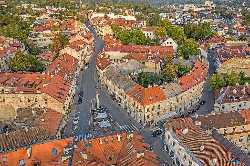 Uzupis Republic
Vilnius
Uzupis Republic
Vilnius
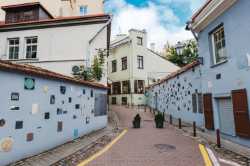 Literatų Street
Vilnius
Literatų Street
Vilnius
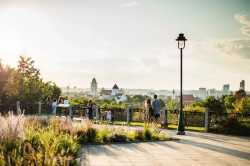 Subačiaus Viewpoint
Vilnius
Subačiaus Viewpoint
Vilnius
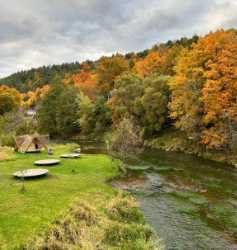 Pavilniai Regional Park
Vilnius
Pavilniai Regional Park
Vilnius
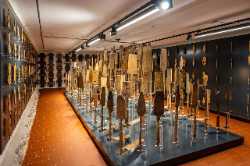 House of Histories
Vilnius
House of Histories
Vilnius
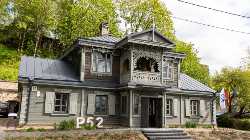 Wooden City Architecture Museum
Vilnius
Wooden City Architecture Museum
Vilnius
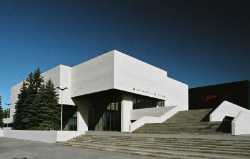 National Gallery of Art
Vilnius
National Gallery of Art
Vilnius
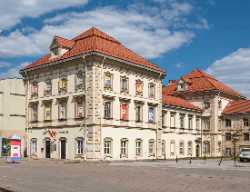 Radvila Palace Museum of Art
Vilnius
Radvila Palace Museum of Art
Vilnius
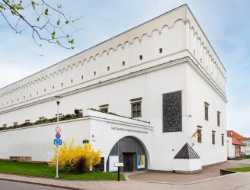 Museum of Applied Arts and Design
Vilnius
Museum of Applied Arts and Design
Vilnius
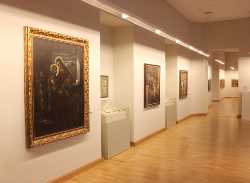 Vytautas Kasiulis Art Museum
Vilnius
Vytautas Kasiulis Art Museum
Vilnius
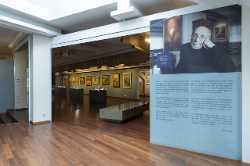 Samuel Bak Museum
Vilnius
Samuel Bak Museum
Vilnius
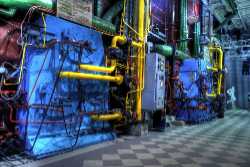 Energy and Technology Museum
Vilnius
Energy and Technology Museum
Vilnius
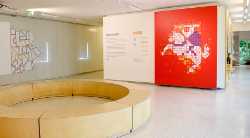 Centre for Civil Education
Vilnius
Centre for Civil Education
Vilnius
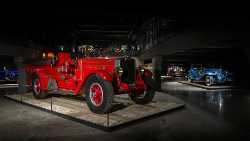 Vilnius Auto Museum
Vilnius
Vilnius Auto Museum
Vilnius
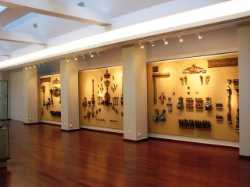 Vilna Gaon Jewish State Museum branch
Vilnius
Vilna Gaon Jewish State Museum branch
Vilnius
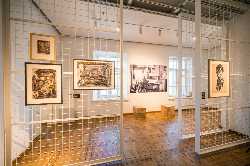 Museum of Culture and Identity of Lithuanian Jews
Vilnius
Museum of Culture and Identity of Lithuanian Jews
Vilnius
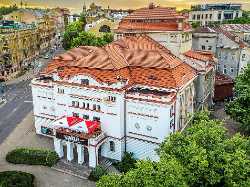 Old Theatre of Vilnius
Vilnius
Old Theatre of Vilnius
Vilnius
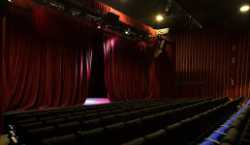 Domino Theatre
Vilnius
Domino Theatre
Vilnius
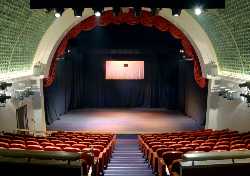 State Small Theatre of Vilnius
Vilnius
State Small Theatre of Vilnius
Vilnius
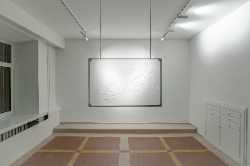 DRIFTS Gallery
Vilnius
DRIFTS Gallery
Vilnius
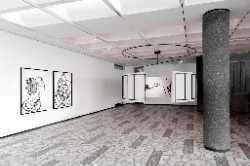 DSG Gallery
Vilnius
DSG Gallery
Vilnius
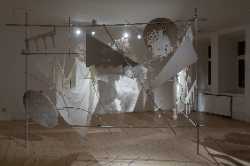 Editorial
Vilnius
Editorial
Vilnius
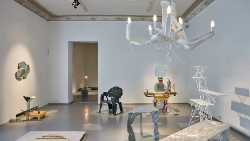 Galerija Vartai
Vilnius
Galerija Vartai
Vilnius
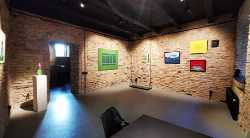 GODÒ Gallery
Vilnius
GODÒ Gallery
Vilnius
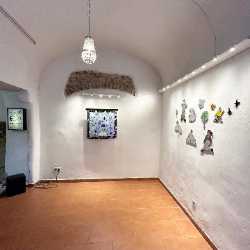 HUNGRY EYES
Vilnius
HUNGRY EYES
Vilnius
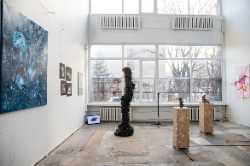 Kompresorine - Ideas Block LT
Vilnius
Kompresorine - Ideas Block LT
Vilnius
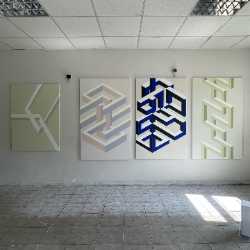 InTheCloset
Vilnius
InTheCloset
Vilnius
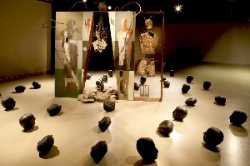 Jonas Mekas Visual Arts Center
Vilnius
Jonas Mekas Visual Arts Center
Vilnius
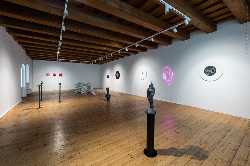 Gallery ARKA
Vilnius
Gallery ARKA
Vilnius
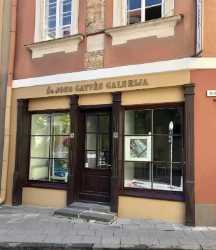 St. John's Street Gallery
Vilnius
St. John's Street Gallery
Vilnius
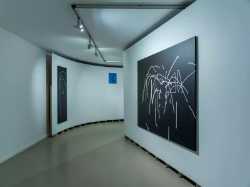 Meno Niša Galerija
Vilnius
Meno Niša Galerija
Vilnius
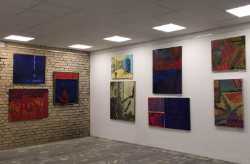 Galerija Aidas
Vilnius
Galerija Aidas
Vilnius
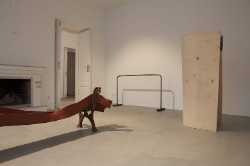 (AV17)GALLERY
Vilnius
(AV17)GALLERY
Vilnius
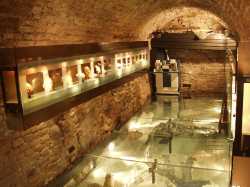 Art Center of Baltic Amber
Vilnius
Art Center of Baltic Amber
Vilnius
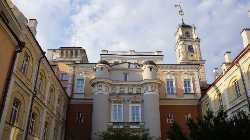 Vilnius University Observatory
Vilnius
Vilnius University Observatory
Vilnius
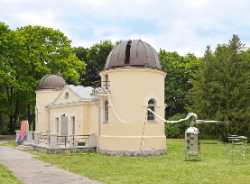 Vilnius University Observatory of Ideas
Vilnius
Vilnius University Observatory of Ideas
Vilnius
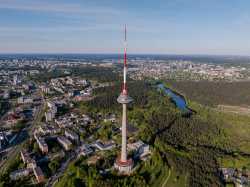 Vilnius TV Tower
Vilnius
Vilnius TV Tower
Vilnius